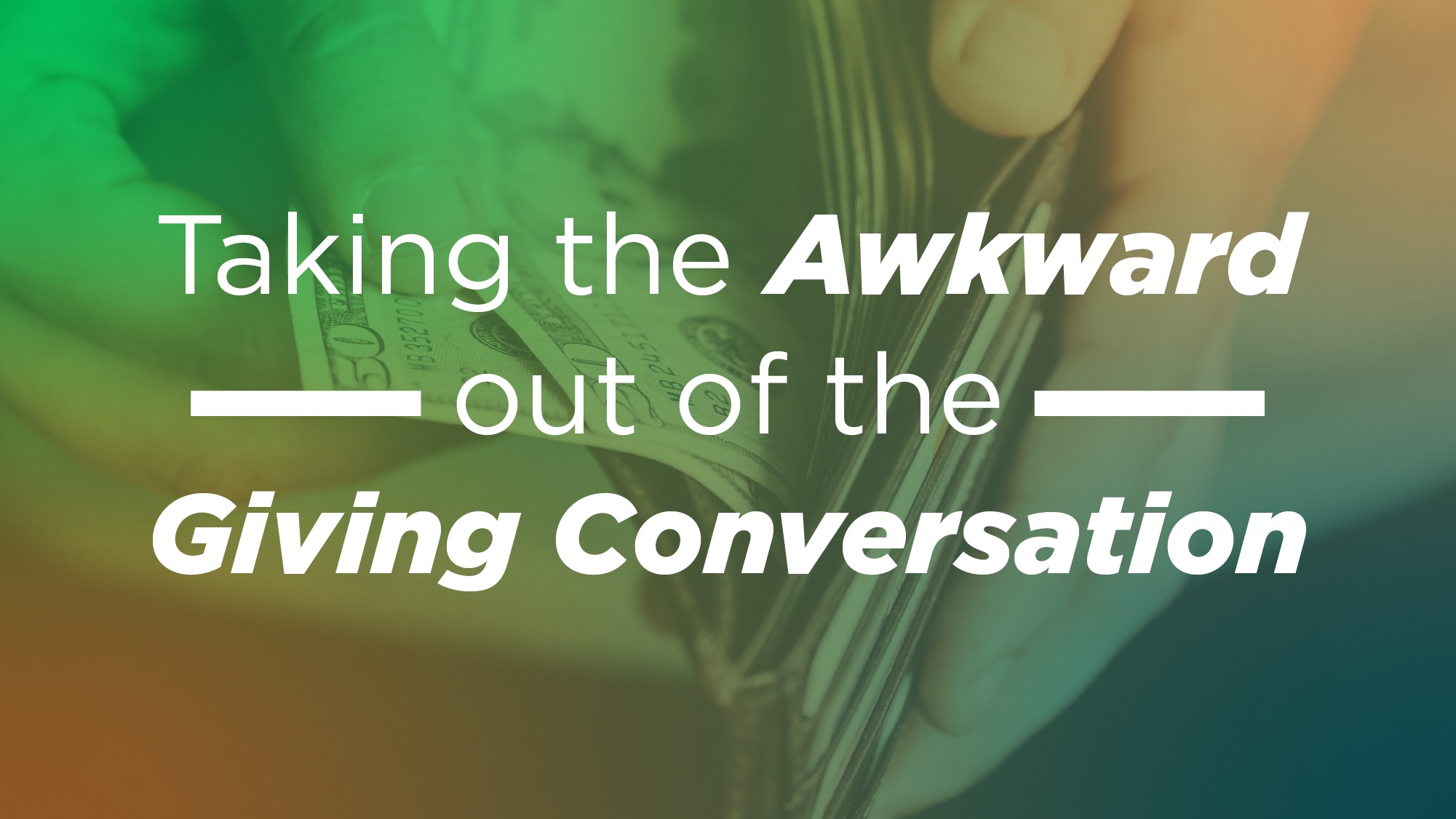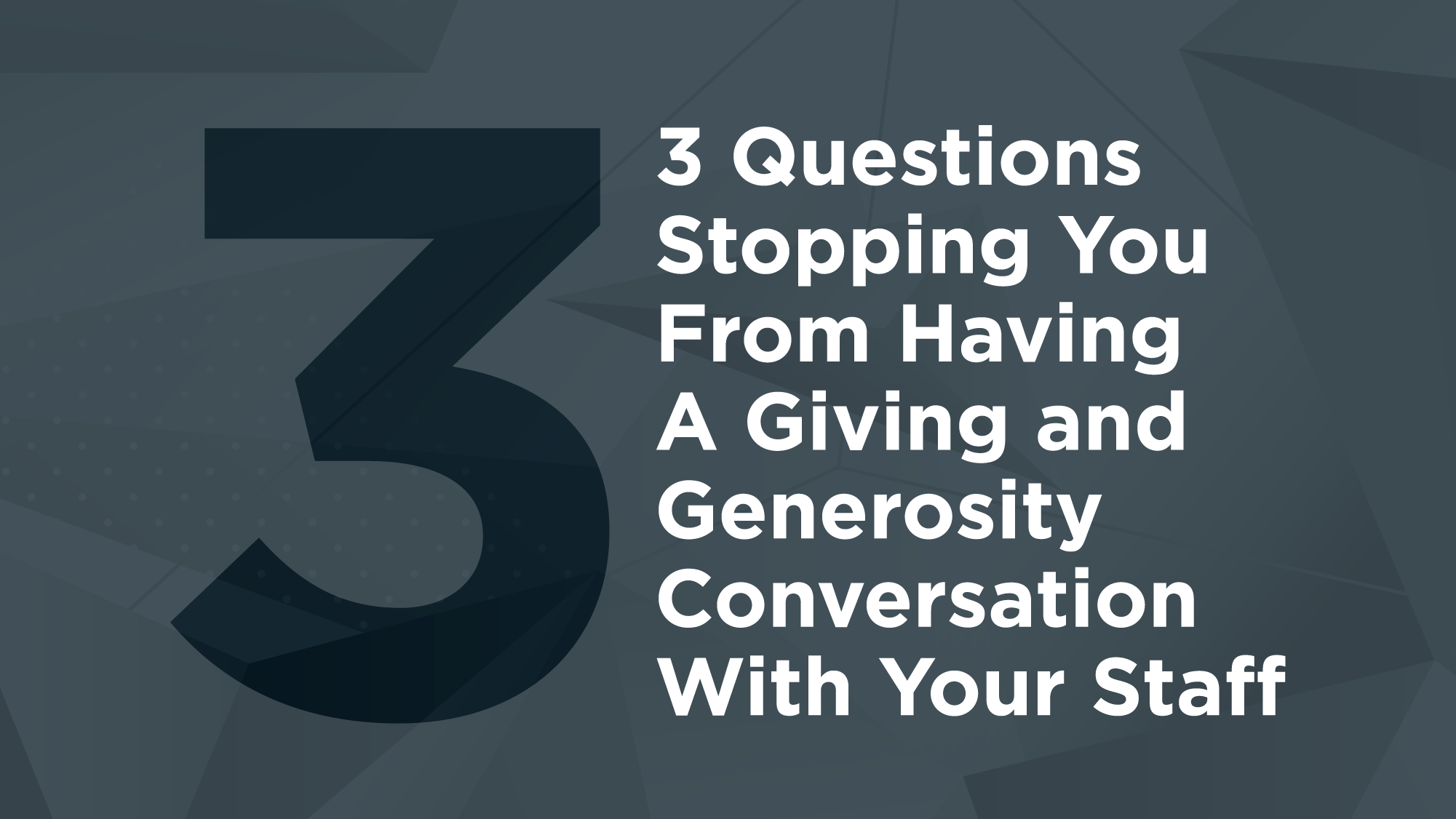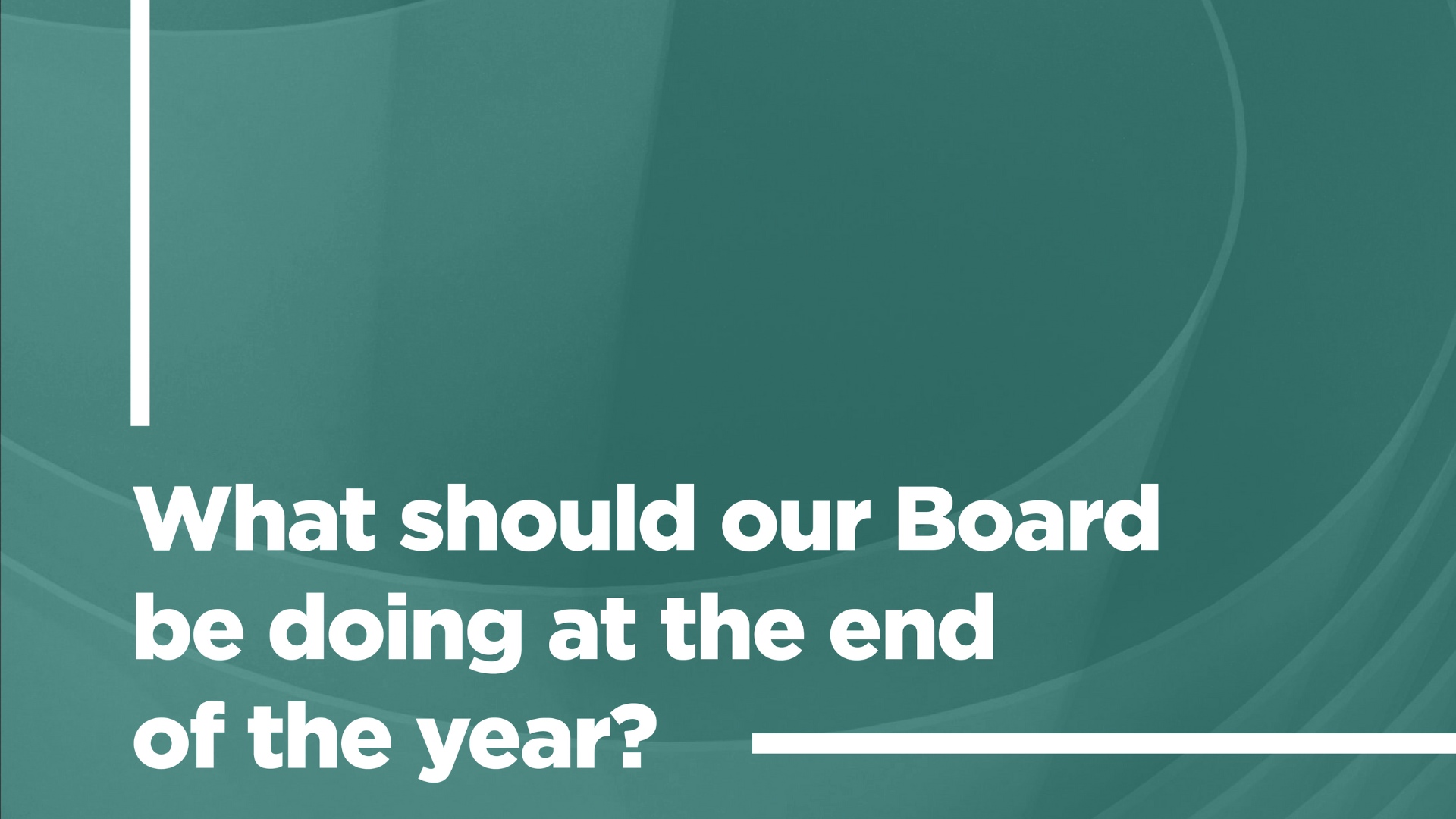Engaging Major Givers During The Last Quarter
-
- 80% of households are the same, probably better off, financially than prepandemic.
- Only 20% or fewer are worse off.
- The savings rate, meaning cash available to potential givers, is $39 trillion which dwarfs the prior $19 trillion, doubling the amount of money readily accessible for giving.
- Expenditures are down because people are purchasing less. They consequently have more cash on-hand.
- Home values have sky-rocketed to record heights.
- The poverty level is down 24%.
The bullet points above add up to two powerful realities for the usual highest giving period of the year.
- People are feeling economically strong and confident.
- More money is available in stored wealth and demand accounts.
The combination aligns perfectly for an increase in charitable giving. The
money is there now if…
- You have a compelling story that illustrates a gripping, absorbing vision that inspires the giver to prioritize giving to that mission.
- The giver is asked—boldly, inspirationally, thoughtfully, and at the right time while being embedded in a relationship that has earned the right to make a courageous ask.
Your process to engage major givers cannot mirror what you’ve typically or traditionally done. To default to what is easy, expected, and safe will yield minimal financial resources.
Quite probably, you have a project that is more mission-critical than ever going into 2022. A new video studio? Multi-site? Facility repurposing? Or a straight-forward leap in your general giving to position you for strength in the coming year?
Multiple other organizations and compelling missions bring their story daily to the attention and heart of your major givers. Your mission becomes an option or the lesser of options unless you intentionally engage major givers in a way that brings your project to the top of their priority list.
Just because a major giver attends your church or gives to your organization does not mean you are their top priority in giving. But you could be. Here’s how.
Alignment and Relationship
-
- A major giver can have alignment with the vision, but lacks trust and connectivity with the organizational leadership.
- A major giver can have trust in you but not care, understand, or embrace the alignment with the project.
Major gifts flow from the duo of trust and relationship.
No alignment, no trust equals no gift. Little alignment, little trust equals little gift. Come up short on either alignment or trust and you’ll get a courtesy gift, probably much less than other organizations receiving a financial gift from the same major giver.
So, how do you build alignment and trust?
Your most steady major givers probably have trust and a sense of alignment. Your key mission is to validate and reinforce that trust and to present the mission-critical project. Sharing a cup of coffee with your major givers might accomplish the request.
Infrequent or emerging major givers need a greater trust and dose of vision. An informal, casual group briefing might be enough. New major givers, well, they may not be so easy. The relationship damage can be long-lasting if you presume on the person or couple without earning the right.
If in doubt, our team can help you frame your major giver strategy for probable major givers and potential major givers.
Intentional Giving Moments
The giving moment (or offering time) is one of the best opportunities to enhance understanding of the theology and practicality of giving to the church, both for people who give in services and those who give outside services. It happens every week. It is a great time to “normalize the conversation” about faith and money in the church.
Since COVID-19 began to spread across the U.S. in March 2020, most churches are not receiving an actual offering in service. Hardly any churches were even having in person worship gatherings until spring 2021. And what happened for many of them is that the giving moment (or offering time) disappeared from the service. Or, even worse, it was reduced to a tactical announcement on how to give.
Make sure the time is intentional and focused. You spend time intentionally planning every other element of the weekly service. Do the same for the giving moment. Don’t leave it to chance. It might be good to suggest talking points each week for the persons who are doing the giving moment in each service.
The time of the offering should always be an opportunity to accomplish at least one of the following:
-
- Teach the church’s theology of giving and how each person should embrace that as part of their discipleship journey.
- Continue to build a sense of trust that your church stewards money well. Doing this occasionally in the giving moment is a good way to build and reinforce the trust of your church.
- Share stories of people whose giving has been transformed by God’s grace. When people share their giving journey and how God has moved in their lives, it provides an example and encouragement to others in their journey. More importantly, the pastor and other key staff should share their giving stories from time to time. Do not assume that your people know you give, pastor. Let them hear it from you.
- Demonstrate the impact of giving to your church — what happens when you give here (stories, stories, stories!). Connect giving to impact. Regularly unpack stories of impact during the giving moment.
- It is important to say explicitly, “When you gave, this is what happened.” Build a sense of, “We could not do this without you!”
During the giving moment, use clear language and eliminate more traditional church terms that newer people do not understand (for example, “tithes and offerings”) wherever possible.
Make sure the person who does the messaging in the offering time is a good communicator and is comfortable when talking about money in the church. Assign it to your best communicators!
Improve Your Storytelling
Engagement by the people in their congregation is on every pastor’s mind. What are some of your chief concerns? And what key thoughts and recommendations can Generis provide for these concerns?
-
- If your concern is, “Will my church come back in the fall? Who will be in the seats?,” you should think of the rest of the year as a restart. Almost like starting over for some churches. Focus on growing your church with people who have not been there before. How can you reach those people and impact them for Christ?
- If your concern is, “I don’t know who is in my church anymore,” you should lean into your historically consistent congregants. You do know who is in your church, you just need to know where to look and engage.
- If your concern is, “Our small group culture has gone by the wayside after the pandemic,” you should be thinking, “Now is the time to fortify our small group strategy and stop having superficial relationships.”
- One final concern: You might be thinking, I am so caught up in all of the things you’ve mentioned, I don’t know how I am going to focus on year-end giving, which is important to our church. That’s actually good news because all of these things are connected to what could be your best time of giving in quite a while.
One more thing about engagement
Now is a great time to encourage and engage first-time givers. Help people who are not currently giving; give them a great reason to start.
One idea is to create a special giving opportunity. Perhaps one where all of the money goes to a ministry partner in the community. Many people who do not give have a reluctance about giving to the church. No need to go into all of the reasons here. But we know it is a sticking point. So, let’s just remove it.
A giving opportunity like this is easy to promote because none of the money benefits your church. All of it goes to the ministry partner. The main thing about creating a special giving opportunity with a partner is that it gets the person or couple in your church accustomed to giving. They have taken the first step. You might consider promoting it on Giving Tuesday, which is the week after Thanksgiving. Giving Tuesday was developed to counteract two of the biggest spending days of the year, Black Friday and Cyber Monday. That’s a good idea for a church to get behind, especially as a promotion point for developing first-time givers.
A Culture of Generosity For Your Church
Our team of Generosity Strategists have been helping churches and organizations develop a culture of generosity rooted in biblical principles for over three decades.
We’d love to offer you a free strategy session about how you can build a culture that embraces generosity like never before.
Share this
You May Also Like
These Related Stories

Take The Awkward Out Of the Giving Conversation

Giving and Generosity Conversations With Your Staff



No Comments Yet
Let us know what you think